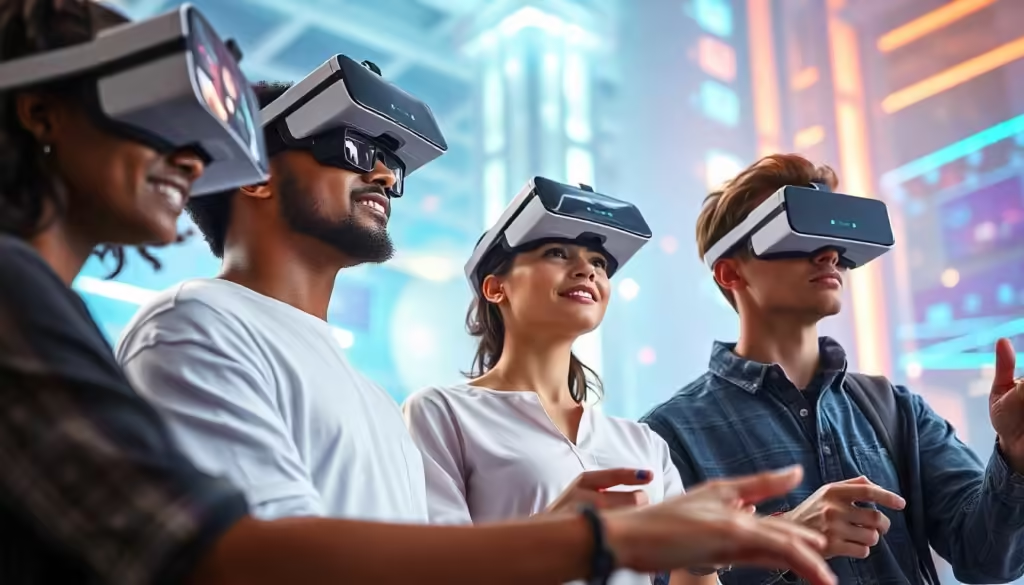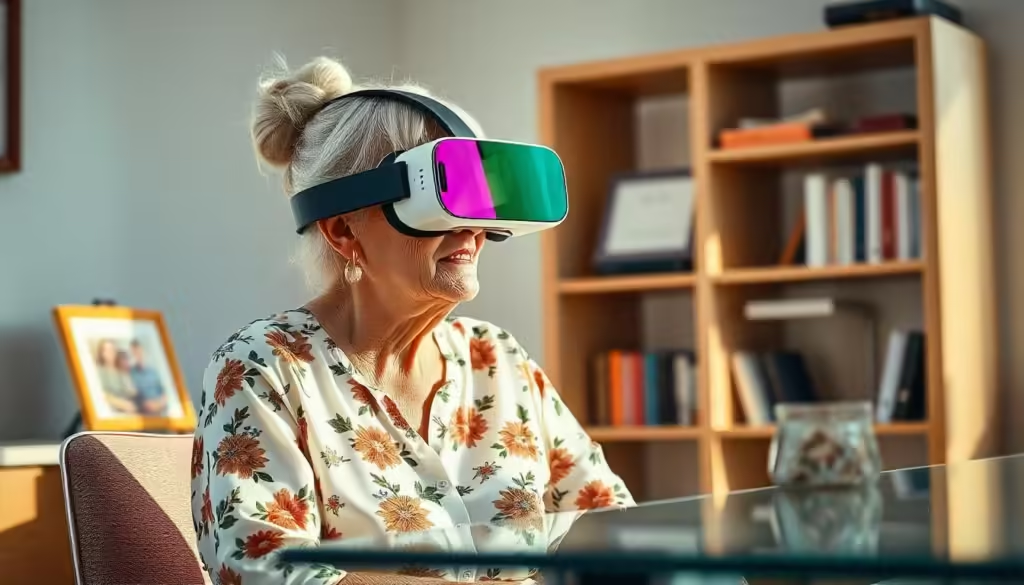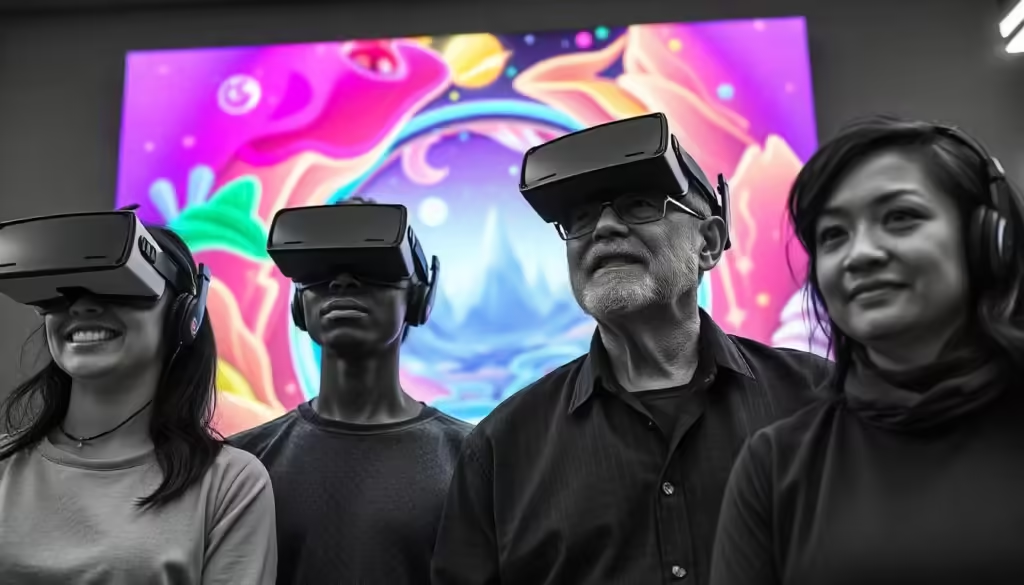Introduction
The metaverse, a digital realm where virtual and physical worlds converge, is rapidly evolving. As this new frontier takes shape, it’s becoming increasingly apparent that generational differences play a significant role in its adoption and understanding. From digital natives to digital immigrants, each generation approaches the metaverse with unique perspectives and experiences. This article explores the generational divide in the metaverse, examining how different age groups perceive and interact with this emerging technology.
Digital Natives: Pioneers of the Metaverse
Born into a world saturated with technology, Generation Z and younger Millennials are digital natives. They’ve grown up with smartphones, tablets, and gaming consoles, making the transition to the metaverse relatively seamless. These generations are comfortable with virtual environments, social media platforms, and immersive experiences. They see the metaverse as a natural extension of their digital lives, a place to socialize, play, and explore.

Digital natives are more likely to embrace the metaverse’s social and entertainment aspects. They’re drawn to virtual concerts, gaming communities, and social gatherings within the metaverse. For them, it’s a space to connect with friends, express themselves creatively, and participate in shared experiences.
Digital Immigrants: Cautious Adopters
Older generations, often referred to as digital immigrants, may face challenges in adapting to the metaverse. While they’ve adopted technology to some extent, they may not have the same level of digital fluency as younger generations. The metaverse can feel overwhelming and unfamiliar, with its complex interfaces and immersive experiences.

Digital immigrants may be more hesitant to embrace the metaverse due to concerns about privacy, security, and the potential for scams. They may also be concerned about the social and emotional implications of spending significant time in a virtual world. However, as the metaverse becomes more accessible and user-friendly, digital immigrants may gradually become more comfortable exploring its possibilities.
Bridging the Generational Gap
To ensure that the metaverse benefits everyone, it’s essential to bridge the generational divide. Here are some strategies to promote inclusivity and accessibility:
- Education and Training: Provide educational resources and training programs to help digital immigrants understand the metaverse and its benefits.
- User-Friendly Interfaces: Develop user-friendly interfaces that are intuitive and easy to navigate, even for those with limited tech experience.
- Accessible Features: Incorporate accessibility features to accommodate individuals with disabilities and ensure that everyone can participate in the metaverse.
- Intergenerational Activities: Encourage intergenerational activities and collaborations within the metaverse to foster understanding and connection between different age groups.
- Address Concerns: Actively address concerns about privacy, security, and social implications to build trust and confidence in the metaverse.
Conclusion
The metaverse has the potential to revolutionize how we interact, work, and play. However, its success depends on bridging the generational divide. By understanding the unique perspectives and experiences of different age groups, we can create a metaverse that is inclusive, accessible, and benefits everyone. As the metaverse continues to evolve, it’s crucial to ensure that no generation is left behind.
Helpful External Links:
- Metaverse Foundation: https://foundationmetaverse.eu/en
- Digital Literacy Education: https://pce.sandiego.edu/digital-literacy/
- Accessibility in Technology: https://it.wisc.edu/learn/make-it-accessible/fundamentals/


